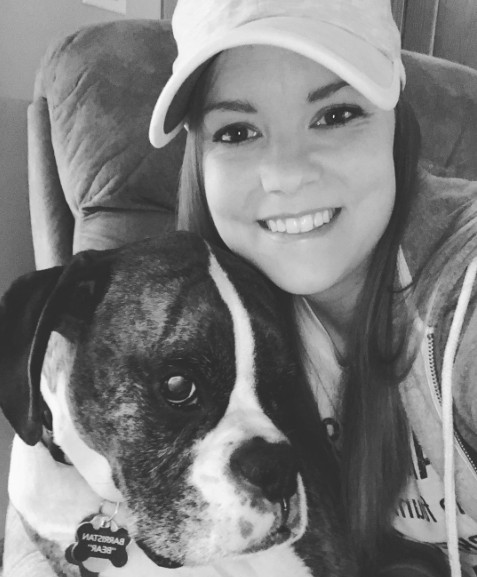Patients For Affordable Drugs is the only national patient organization focused exclusively on lowering prescription drug prices.
It’s simple: drugs don’t work if people can’t afford them.
Have you or a loved one felt the burden of drug prices?
Big Pharma's Mid-Year Money GrabRead our report
Us V Pharma: Fighting to Protect Medicare NegotiationWe are bipartisan and do not accept funding from organizations that profit from the development or distribution of prescription drugs.
The Power of Sharing Your Story
Our Strategy
Fighting the root causes of high drug prices.
Successful Implementation of the 2022 Prescription Drug Law
We are working to ensure the Inflation Reduction Act’s drug pricing reforms are successfully implemented and defended against ongoing pharmaceutical industry attacks.
Pushing For Competition in the Market To Lower Drug Prices
We aim to end abusive practices that allow drug corporations to manipulate the patent system, keep prices high, and stifle access to affordable generics.
Pharmacy Benefit Manager Reform
We are pushing for greater transparency and accountability from Pharmacy Benefit Managers (PBMs) to expose their role in increasing drug prices and to support and advocate for recommendations that serve patients.
Tackling Launch Prices Of New Medications
We’re focused on addressing the exorbitantly high launch prices of new drugs, particularly innovative cell and gene therapies, to make sure life-saving treatments are affordable for all patients.
Our Impact
19,202Stories shared from patients across all 50 states and territories.
40k letters sent to Congress from patients in 2024
10 patient advocates have met with a former President to share their stories
30 new patient advocates joined our movement in 2024
Once the first 10 negotiated drug prices take effect in 2026, people with Medicare Part D are expected to save $1.5 billion in out-of-pocket costs
In coming years, Medicare negotiation will save seniors and taxpayers tens of billions of dollars
In 2025, nearly 19 million people with Medicare will save an average of about $400 per year on out-of-pocket prescription drug costs.


